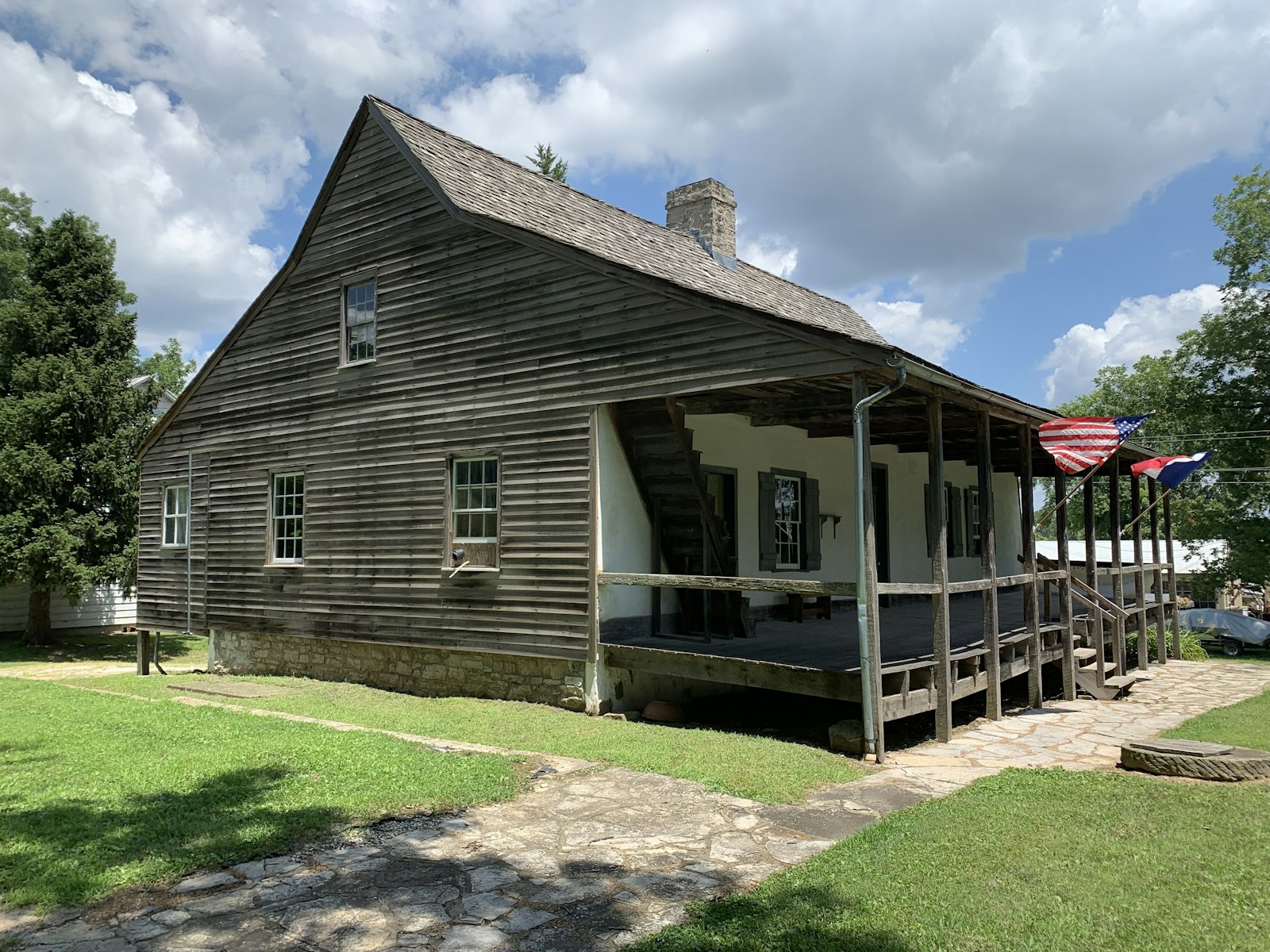
Ste. Geneviève National Historical Park
In 1750, French Canadian emigrants established the first organized European settlement west of the Mississippi River, Ste. Geneviève.
Part of what was known as Les Pays des Illinois or “Illinois Country,” the area had rich agricultural land known as Le Grand Champ or “Big Field” that attracted these settlers and over time they established a unique set of laws, customs, architecture, use of land, language, philosophy, and more. The area later saw a larger British presence after the Louisiana Purchase, as well as an influx of German American settlers who moved there to carve out a life on the American frontier. The French Canadian settlers of Ste. Geneviève left a lasting impression on the community by way of a distinctive vernacular architecture, a few examples of which can be seen today.
Ste. Geneviève National Historical Park shares the stories and histories of the different communities that have called this area home, including preserving the largest grouping of still-standing buildings in the iconic French Colonial architectural style. Make sure to check out the Bauvais-Amoureux House, one of only five known surviving poteaux-en-terre style houses in North America, and Jean-Baptiste Valle House, featuring what is believed to be the first rose garden west of the Mississippi River.